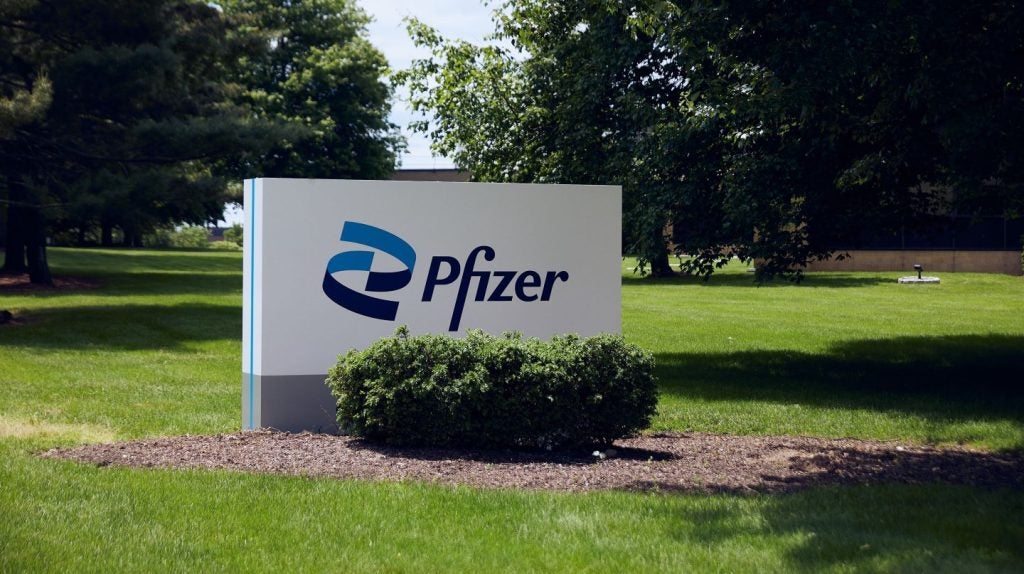In July 1997, AstraZeneca announced plans to invest £15m in its Guayama facility in Puerto Rico.
The money was invested in a bulk pharmaceutical purification plant to supply the global market with zolmitriptan, the active ingredient in a treatment for migraine called Zomig.
Construction of the plant was managed by AstraZeneca’s wholly owned subsidiary IPR Pharmaceuticals.
Detailed design plans for the purification plant were completed in June 1997 and construction began in early-1998. Established engineering contractor IPR completed the project. IPR has extensive design, engineering, procurement, construction management and commissioning experience in Puerto Rico.
After gaining US Food and Drug Administration (FDA) accreditation, the plant began operations in 2000.
In 2005, the plant was sold as part of AstraZeneca’s restructuring activities.
Guayama bulk purification plant
The Guayama bulk purification plant is located adjacent to an existing purification facility. The plant has a large capacity for handling peak demands of Zomig.
Consequently, spare capacity is available for other products as required. Bulk zolmitriptan requirements for all markets are sourced from this plant, while tabletting and packaging are undertaken at other sites.
After acquiring zolmitriptan in September 1996, AstraZeneca launched tabletting facilities for the drug at IPR’s Carolina plant in Puerto Rico. However, as demand for Zomig grew, it was thought that greater manufacturing capabilities were needed to meet the pharmaceutical industry’s requirements. As one of the drug’s sole manufacturers, the bulk purification plant at Guayama made a significant impact.
AstraZeneca investment plan
The Guayama project was part of AstraZeneca’s large-scale investment project in Puerto Rico. In addition to the upgrade of the company’s facilities at Guayama, AstraZeneca also upgraded its plant at Canóvanas. It was expanded and inaugurated in March 2004 with a total investment of £400m.
The 134,000ft² plant was used to produce cholesterol drug Crestor and prostate cancer treatment Casodex. It had an annual capacity of up to seven billion tablets. The plant also took care of the packaging and distribution activities of AstraZeneca and other products developed by the company in Puerto Rico.
IPR Pharmaceuticals bought the Canóvanas facility in 1998 from Chiron Corporation. IPR Pharmaceuticals invested more than $650m in both the Canóvanas and its Carolina facility.
Puerto Rico pharmaceutical market
According to the 1997 manufacturing census of the Department of Labour and Human Resources, around 22,000 people worked at 79 different pharmaceutical plants across Peurto Rico.
The joint decision by IPR and the Puerto Rico Industrial Development Company (PRIDCO) to set the upgrade project at Guayama in motion was a testament to the confidence in this sector.
The plant has enhanced the island’s reputation as a world-class manufacturing centre.
Other life-science companies also invested in projects on the island, including Pharmacia & Upjohn ($100m), Ocular Sciences / American Hydron ($25m) and Thermometric ($700,000).
IPR Pharmaceuticals’ Puerto Rico operations
IPR Pharmaceuticals’ first plant in Puerto Rico was launched in Carolina in 1986. The plant develops several drugs, including asthma medication Accolate, beta-blockers Tenormin and Tenoretic, Zestril, and ACE inhibitors and migraine treatments Zestoretic and Zomig.
AstraZeneca
AstraZeneca manufactures several top-selling drugs and a range of high-potential therapies. Its product portfolio includes Casodex, Arimidex, Faslodex and Iressa for treating cancer; Nexium for gastrointestinal diseases; Symbicort for asthma treatment; Atacand for hypertension; and Seroquel for the treatment of schizophrenia.










